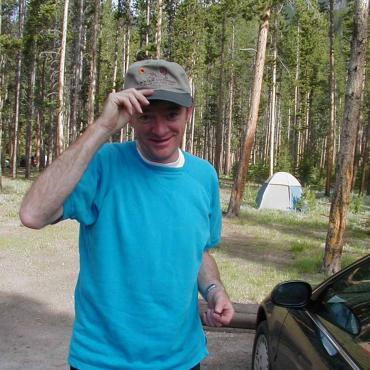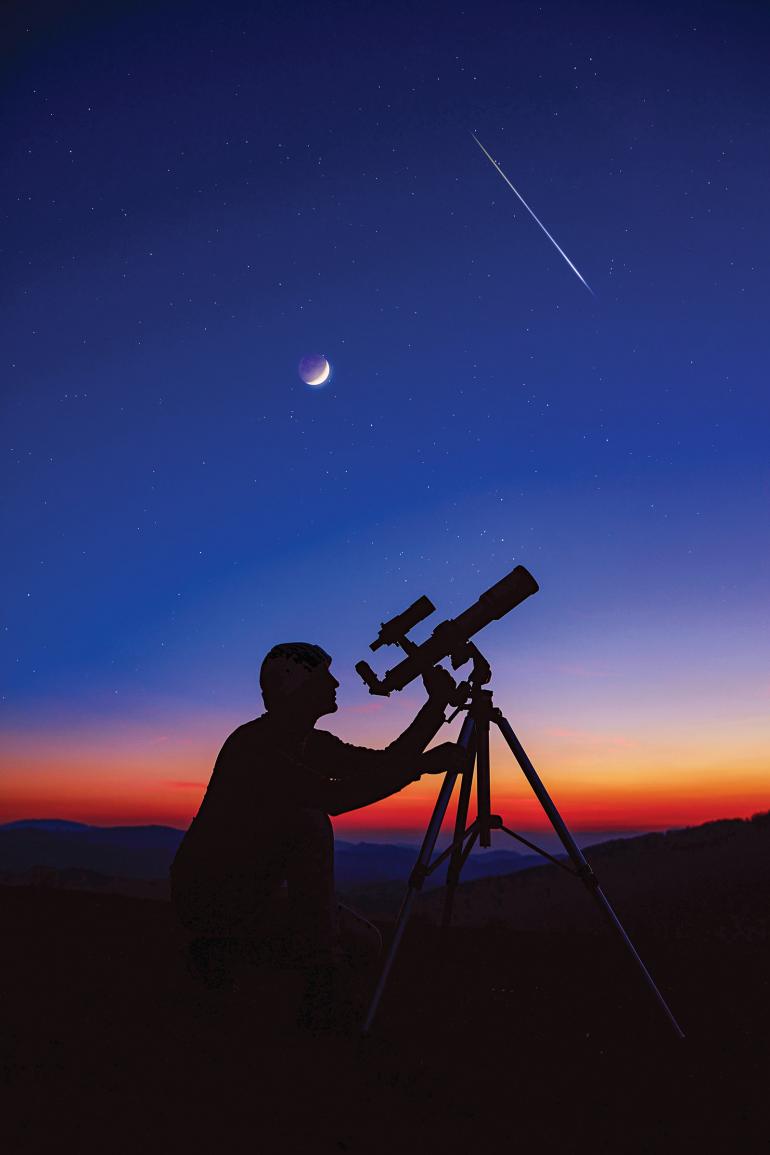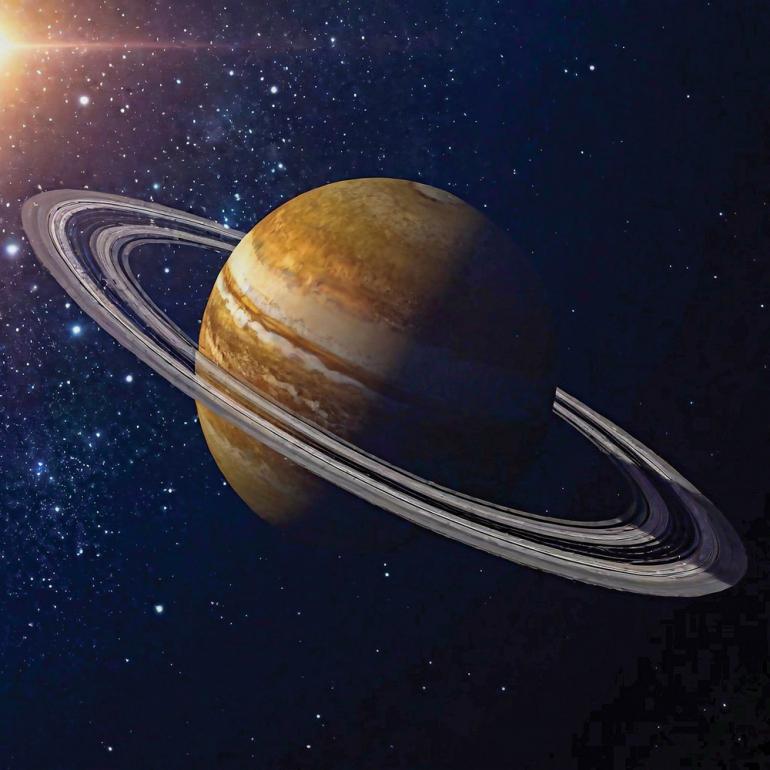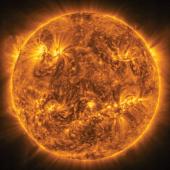Old Man Saturn
Finding the ringed planet in the fall sky.
On September 22nd, 19 minutes after noon local time, the fall equinox will arrive in the Northern Hemisphere, officially ushering in the season of autumn. Hours of daylight and darkness are briefly and roughly equal before our hemisphere starts to nod away from the sun in our tilted planet’s enduring orbit, and we begin the long slide toward winter.
This year, the equinox also ushers in the season of best Saturn viewing. The night before the equinox marks Saturn’s “opposition”—the date when the planet lies opposite the sun in our sky and is visible all night, rising in the east as the sun sets in the west. From then on, Saturn will be in sky at nightfall until next March, when it slips behind the sun.
This year, our shifting orbital view of the tilted Saturn will put its ring system edge-on to our line of sight, making them will seem to all but disappear from our Earthly vantage point.
As the farthest and slowest-moving naked-eye planet, Saturn fits its ancient mythological personality. If Mars was the aggressive “bro,” Venus the pretty flirt, Mercury the quick-on-his-feet best friend, and Jupiter the tut-tutting authority figure, then Saturn was definitely Gramps, with a pocketful of “in my day” stories.
The Romans saw Saturn as a god of agriculture and time, who—in his day—ruled over the world during the mythical Golden Age, a time of abundance and leisure when everybody behaved themselves. By the time Jupiter took over as head god, things were less golden.
Saturn was also associated with the Greek deity Cronos—similarly linked with time—who overthrew his father Uranus and ruled until he was overthrown by his son Zeus (Jupiter) who ran things from Mount Olympus. Saturn was eventually relegated to the post of Father Time, serving as a symbol, with his scythe and long white beard, for the passing year every New Year’s Eve.
If Mars was the aggressive “bro,” Venus the pretty flirt, Mercury the quick-on-his-feet best friend, and Jupiter the tut-tutting authority figure, then Saturn was definitely Gramps, with a pocketful of “in my day” stories.
As a planet, Saturn’s crowning glory is its extensive system of rings: swarms of orbiting ice chunks that are likely debris from a shredded moon. However, this year, our shifting orbital view of the tilted Saturn will put its ring system edge-on to our line of sight. Since the rings are less than 50 feet thick on average, they will seem to all but disappear from our Earthly vantage point until our view shifts and the rings tilt back into view next year.
Our moon passes just above the planet on October 5th, the night before the full Harvest Moon—which will rise somewhat to the left of Saturn on that night. The moon will make return passes around November 1st & 28th for lovely pairings. While the moon lies only about 238,000 miles from Earth, the ringed planet lies about 800 million miles beyond it.
If you go outside on the night of October 20th to look for Saturn, keep an eye out for shooting stars. The annual Orionid meteor shower peaks around then, hurling as many as 20 meteors per hour across the sky (if you have dark conditions) from the general direction of the constellation Orion, which rises in the east just before midnight. The meteors are dusty bits shed from the nucleus of Halley’s Comet, whose orbit passes close to Earth’s.
Autumn is the waning of the year, when the world turns amber around us. And this year, the ringed planet adds an amber fleck of fall to the sky as well. So on the next clear night, go out and look for Old Man Saturn, and watch him dodder through the brisk, starry night.
Jim Manning is the former executive director of the Astronomical Society of the Pacific. He lives in Bozeman.











